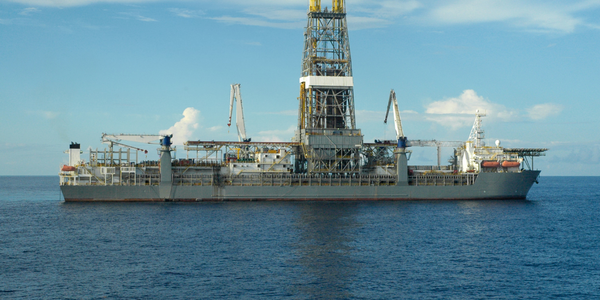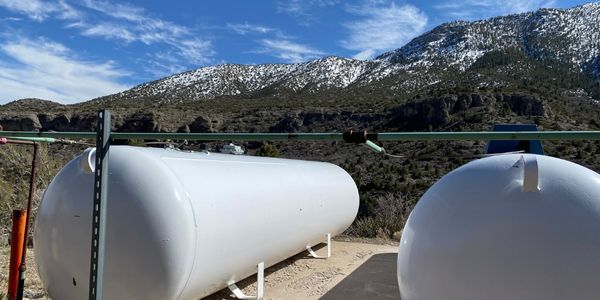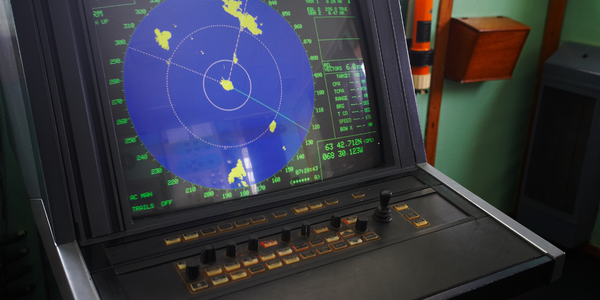Customer Company Size
SME
Region
- America
Country
- United States
Product
- IBM Internet of Things Foundation
- IBM Bluemix
Tech Stack
- Cloud Computing
- Data Visualization
- Real-time Analytics
Implementation Scale
- Pilot projects
Impact Metrics
- Productivity Improvements
- Customer Satisfaction
Technology Category
- Platform as a Service (PaaS) - Connectivity Platforms
Applicable Industries
- Marine & Shipping
Applicable Functions
- Logistics & Transportation
Use Cases
- Real-Time Location System (RTLS)
- Predictive Maintenance
Services
- Cloud Planning, Design & Implementation Services
- Data Science Services
About The Customer
SilverHook Powerboats is a company that designs and races powerboats. The company's president, Nigel Hook, is also a powerboat racer himself, piloting the 48-foot 77 Lucas Oil SilverHook racing powerboat. The company is passionate about powerboat racing and is familiar with the challenges facing the sport. They recognized that racers relied on telemetry data from their boats to make strategy and safety decisions, but it was difficult for them to keep track of the enormous amount of information they received. Additionally, they noticed that fans struggled to follow the progress of a race out on the ocean, reducing their engagement.
The Challenge
SilverHook Powerboats, a company that designs and races powerboats, faced a challenge in making use of the vast amount of telemetry data generated by sensors on their racing boats. The data was crucial for making strategic and safety decisions during races, but it was difficult for the team to keep track of and analyze the information in real-time. Additionally, the company wanted to enhance the fan experience by providing a real-time representation of the race, but faced challenges with camera equipment in the harsh marine environment. The company aimed to debut a solution at the World Powerboat Championship, which was only a few months away, imposing a tight deadline on the project.
The Solution
To address these challenges, SilverHook Powerboats collaborated with IBM, DataSkill, Inc., and Virtual Eye, a division of Animation Research Ltd., to develop a solution using IBM's Internet of Things Foundation and Bluemix platform. The solution involved streaming data from the sensors and GPS trackers on the racing boats directly into the IBM cloud using IoT Foundation. The data was then analyzed using analytic tools within Bluemix to extract important insights. Virtual Eye, a provider of 3-D sports graphics, used the data to develop a rich visualization, delivering technical information and alerts to the racing team and a real-time representation of the race to fans. The solution was developed rapidly due to the scalable cloud infrastructure provided by Bluemix, which allowed for quick development, monitoring, and deployment of new applications without time-consuming on-premises management.
Operational Impact
Quantitative Benefit

Case Study missing?
Start adding your own!
Register with your work email and create a new case study profile for your business.
Related Case Studies.

Case Study
Drill ship power challenge: hybrid solution solves distribution issues
Aspin Kemp & Associates (AKA), a manufacturer of electrical power and control systems headquartered in Montague, PEI, encountered one with its hybrid power initiative, the first hybrid drill floor destined for installation on ultra-deepwater drill ships operated by Transocean, Swiss offshore drilling contractors. Since on-site modification was impossible and scrap recycling of any modifications was unacceptable, the enclosures had to arrive ready-to-install.

Case Study
Ensures Tanker Safety and Emissions Compliance
Storage tanks are irregular in shape and a certain amount of mathematical modelling is required to get an accurate representation of volume and, more importantly, the weight of material in each tank. In addition, countries have different emission regulations, so the ships position needed to be accurately known in order to geotag emission data.

Case Study
Real-time Networked Sonar System for Ships
A multinational, knowledge-based corporation that delivers marine electronics solutions is utilizing industrial Ethernet technology to help ensure that operations at sea are dependable and optimal. Based in Europe, the company has nearly 4000 employees working in 20 countries around the world, and produces high-tech systems for offshore oil and gas operations, merchant marine systems, and various applications for the defense and aerospace industries. The company produces products and systems used by merchant vessels and offshore installations for positioning, navigation, automation, as well as for surveying and monitoring the seabed, and for fishing vessels and fi sheries research. As one of the major suppliers of high quality marine electronics in the world, their products include chart plotters for yachts, triple redundant dynamic positioning systems for oil drilling rigs, and sonar and instrument systems for scientifi c research vessels. Products used for marine applications must be rugged enough to endure the corrosive effects of salt water, and be able to withstand excessive amounts of vibration and shock. For this reason, the company only uses DNV and GL certified products and components to ensure that their systems can meet the high standards required by the maritime industry.

Case Study
Fleet Management Connectivity Solution for Marzam
Marzam, in order to ensure the best service, invested 3 million dollars in the construction of 2 fuel oil tanks with 40k gallons and 10k gallons capacity each, located in Manta, Ecuador. The customer needs to keep fleet operations going with fuel available at all times in order to guarantee quality of service. KEY ELEMENTS FOR THE CUSTOMER: Real-time level monitoring: Tank infrastructure remote level monitoring. Configure alerts and notifications when reaching critical values to avoid the need for emergency refills and optimize supply schedules. Real-time consumption monitoring: The customer needed an easy way to monitor in real-time accurate values of consumption.

Case Study
Mitsubishi Electric's Edge Computing Solution Powered by Wind River VxWorks
Mitsubishi Electric Corporation, a global leader in factory automation (FA) applications, identified edge computing as a critical component of the Industrial Internet of Things (IIoT). The company aimed to enhance device and data security, reduce data traffic to the cloud, and enable faster response to network or device issues. In 2018, Mitsubishi Electric launched its first line of industrial hardware products designed for edge computing, the MELIPC Series. The primary development goals for MELIPC were to support the type of edge computing promoted by Mitsubishi Electric and to introduce advanced vision technology for device control. The flagship computer of the MELIPC line, the MI5000, was designed to combine real-time equipment control with high-speed data collection, processing, diagnosis, and feedback in a single machine. However, the development team needed a real-time control platform that could seamlessly integrate real-time control with proven analytic and diagnostic applications.

Case Study
Migrating to Software-Only Licenses for More Responsive License Management
The world’s premier shipping companies work with the software solutions of ABB Marine & Ports to get their vessels safely and efficiently to their destinations. A loyal customer of Wibu-Systems for over a decade, ABB has been relying on CodeMeter dongles to store the license keys for their ABB AbilityTM Marine Advisory System - OCTOPUS.The current version of the system is using Wibu-Systems’ robust metal-case CmStick ME, a perfect choice for the rugged conditions at sea. As satellite communications has made fast Internet connections at sea a common reality for maritime operators, the company is looking to move from physical to software solutions to streamline its logistics processes.



